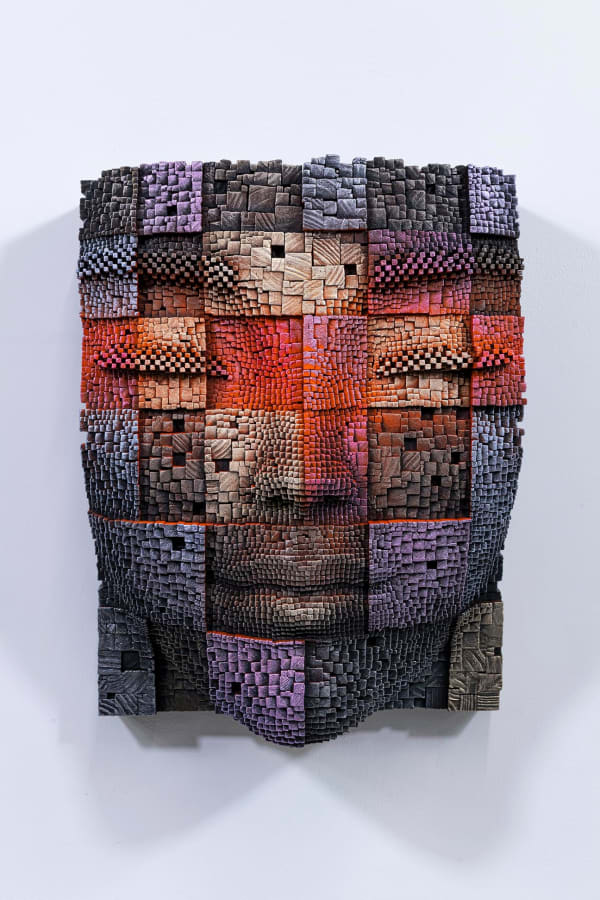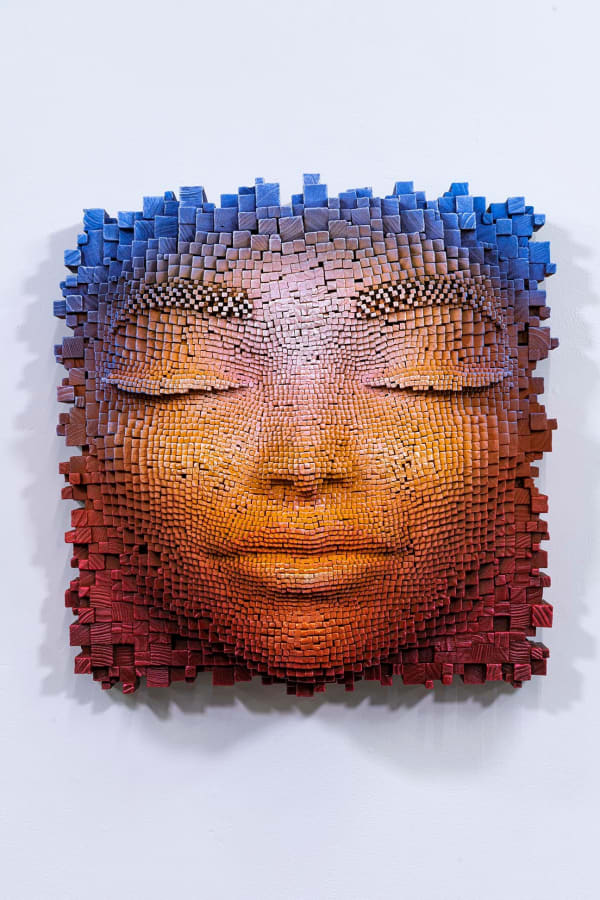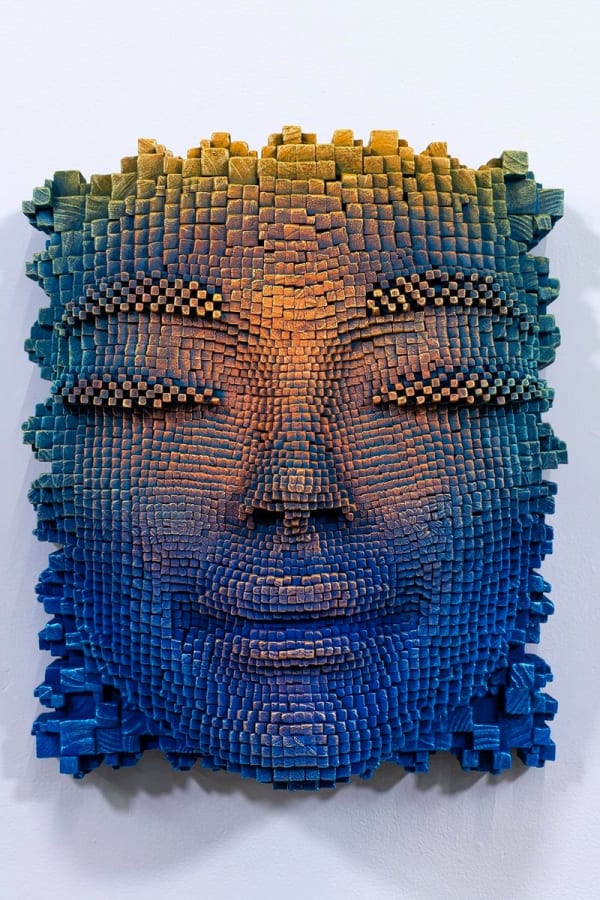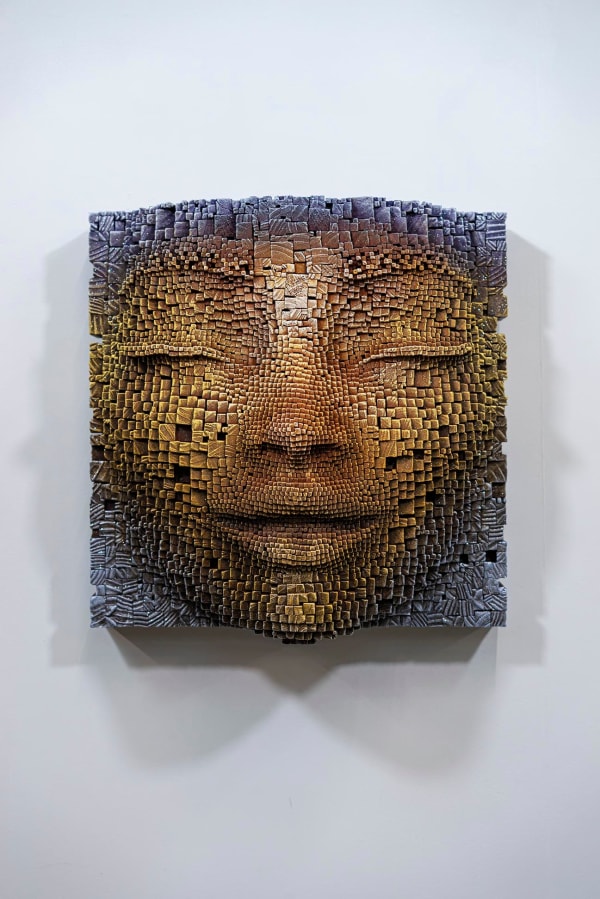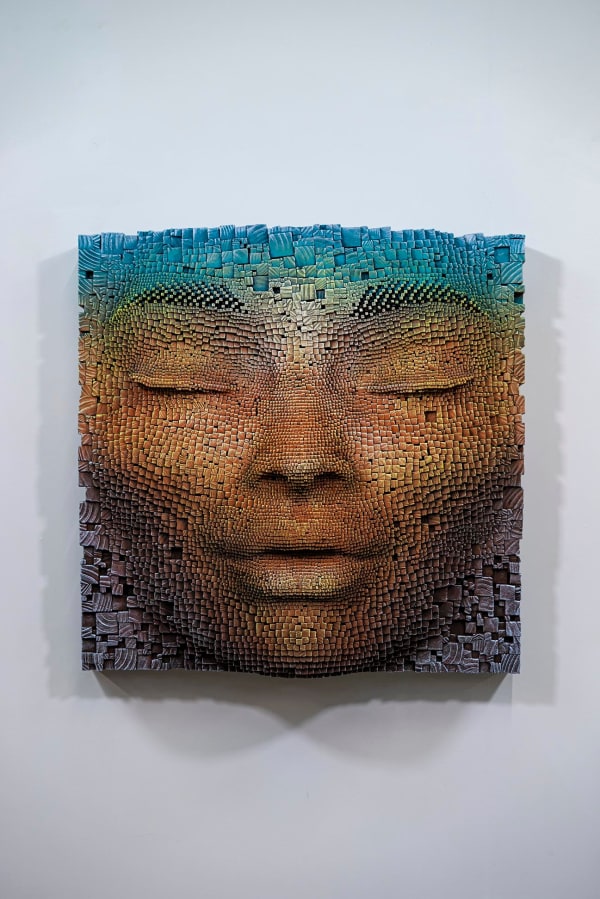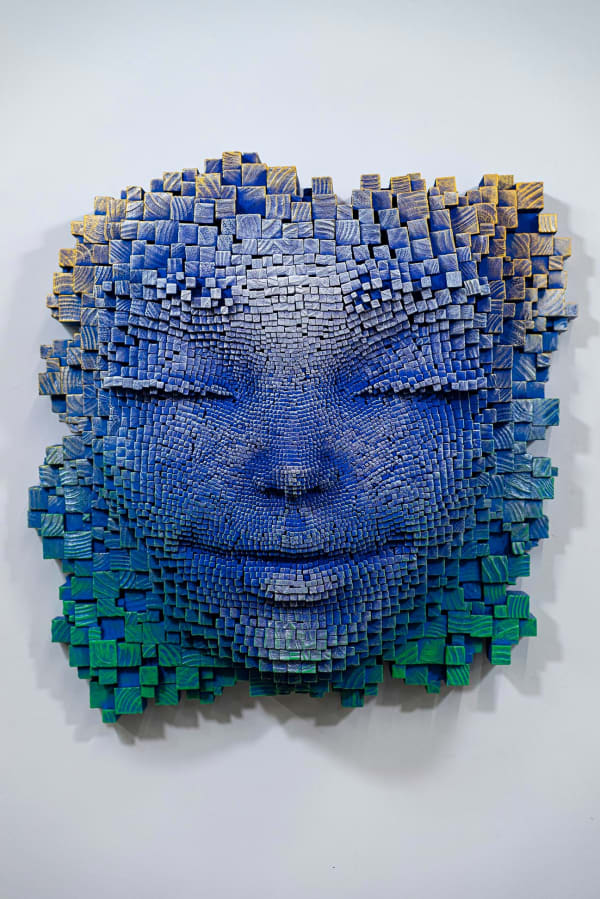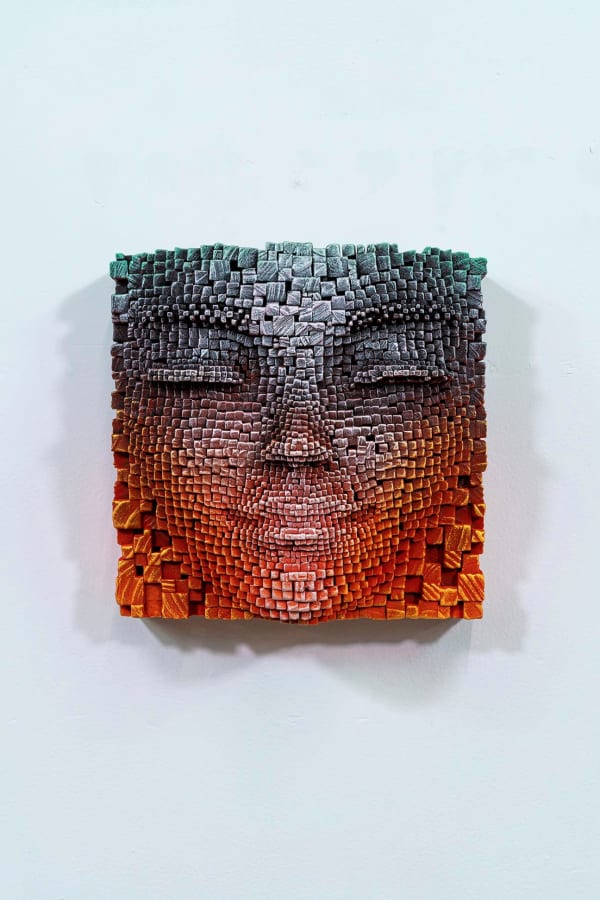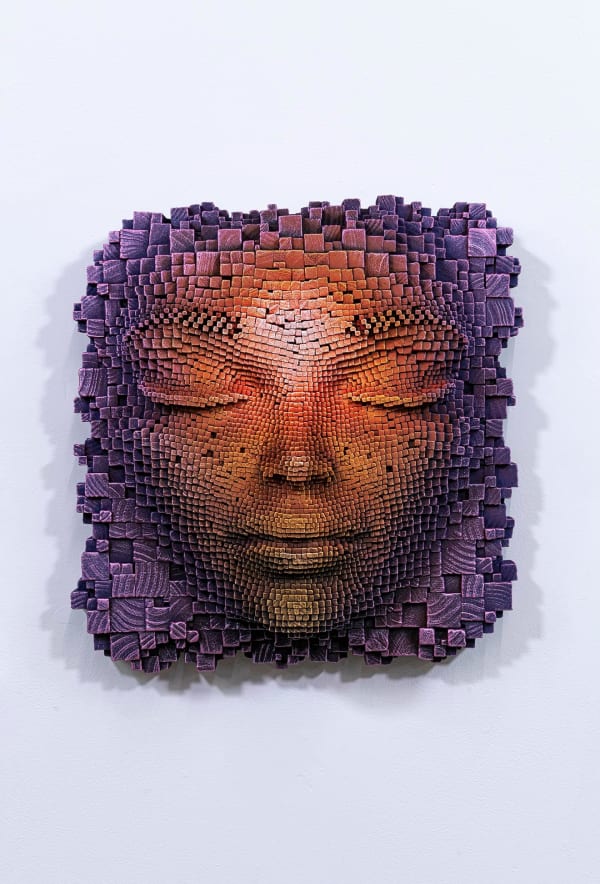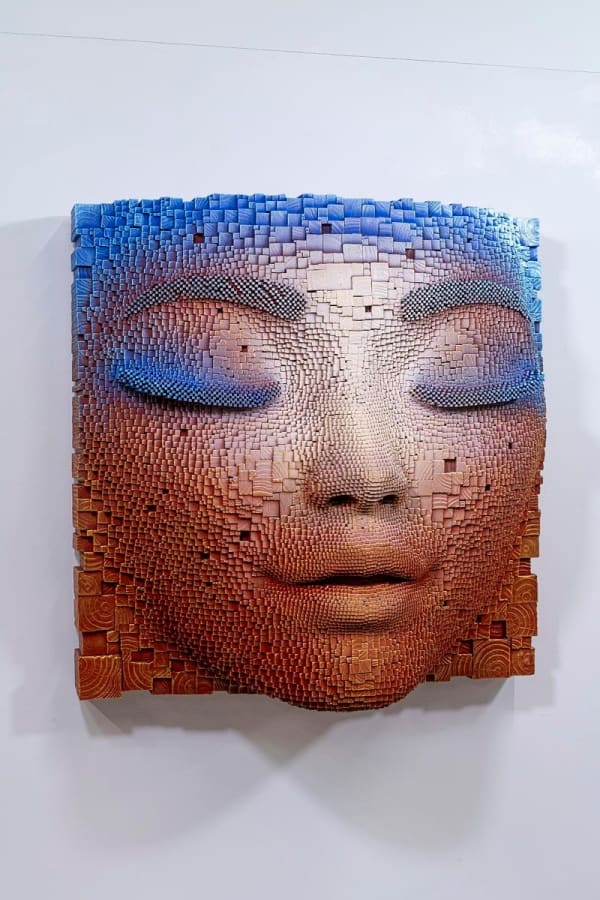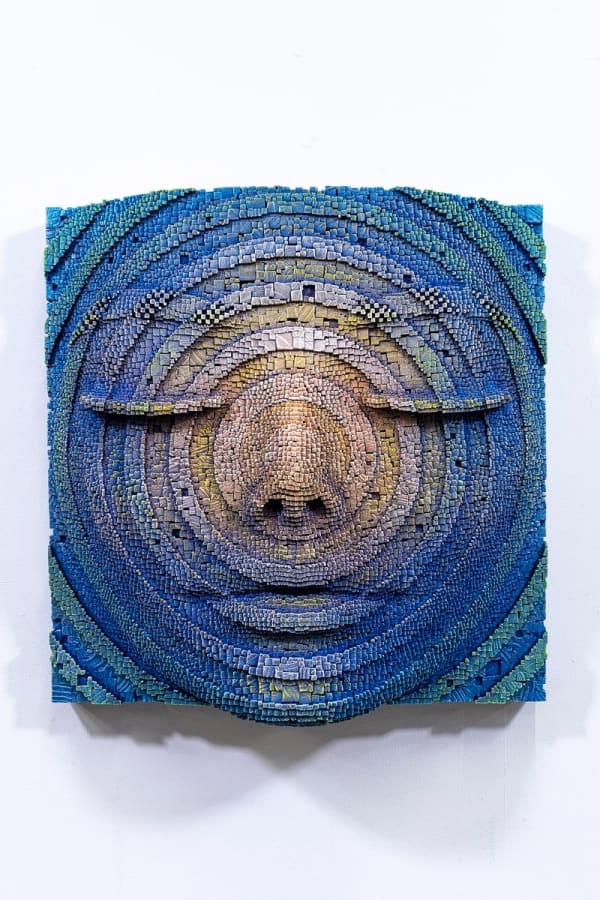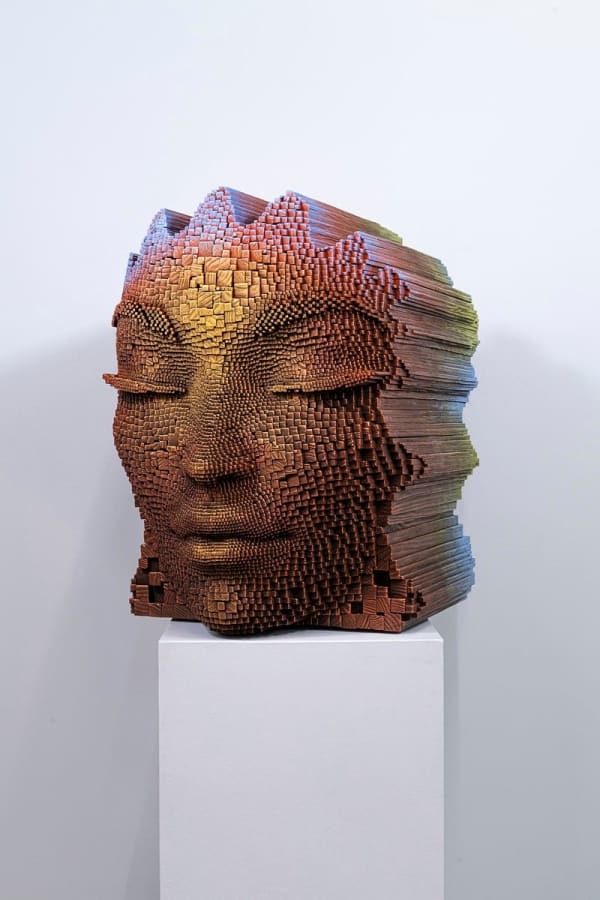GIL BRUVEL AUSTRALIA, b. 1959
Biography
Works
-
 Gil Bruvel"Multiple"58.5 x 44.5 x 34 cm
Gil Bruvel"Multiple"58.5 x 44.5 x 34 cm -
 Gil BruvelApproaching Silence58 x 58 x 30 cm
Gil BruvelApproaching Silence58 x 58 x 30 cm -
 Gil BruvelAt Night56 x 58 x 56 cm
Gil BruvelAt Night56 x 58 x 56 cm -
 Gil BruvelBeing46 x 41 x 25 cm
Gil BruvelBeing46 x 41 x 25 cm -
 Gil BruvelClose to the Sun58 x 46 x 28 cm
Gil BruvelClose to the Sun58 x 46 x 28 cm -
 Gil BruvelCloud #323 x 56 x 15 cm
Gil BruvelCloud #323 x 56 x 15 cm -
 Gil BruvelCloud #430 x 61 x 18 cm
Gil BruvelCloud #430 x 61 x 18 cm -
 Gil BruvelCubic #794 x 48 x 46 cm
Gil BruvelCubic #794 x 48 x 46 cm -
 Gil BruvelHead in the Clouds94 x 81 x 38 cm
Gil BruvelHead in the Clouds94 x 81 x 38 cm -
 Gil BruvelMask #13151 x 51 x 28 cm
Gil BruvelMask #13151 x 51 x 28 cm -
 Gil BruvelMask #13351 x 51 x 28 cm
Gil BruvelMask #13351 x 51 x 28 cm -
 Gil BruvelMask #13576.2 x 76.2 x 38.1 cm
Gil BruvelMask #13576.2 x 76.2 x 38.1 cm -
 Gil BruvelMask #21257 x 57 x 25.5 cm
Gil BruvelMask #21257 x 57 x 25.5 cm -
 Gil BruvelMask #21381.5 x 74 x 28 cm
Gil BruvelMask #21381.5 x 74 x 28 cm -
 Gil BruvelMask #21571.2 x 63.5 x 28 cm
Gil BruvelMask #21571.2 x 63.5 x 28 cm -
 Gil BruvelMask #24361 x 58.5 x 25.4 cm
Gil BruvelMask #24361 x 58.5 x 25.4 cm -
 Gil BruvelMask #25125.4 x 25.4 x 18 cm
Gil BruvelMask #25125.4 x 25.4 x 18 cm -
 Gil BruvelMask #26668.6 x 63.5 x 35.6 cm
Gil BruvelMask #26668.6 x 63.5 x 35.6 cm -
 Gil BruvelMask #26974 x 69 x 33 cm
Gil BruvelMask #26974 x 69 x 33 cm -
 Gil BruvelMask #27740.7 x 40.7 x 20.3 cm
Gil BruvelMask #27740.7 x 40.7 x 20.3 cm -
 Gil BruvelMask #28545.7 x 41 x 20.3 cm
Gil BruvelMask #28545.7 x 41 x 20.3 cm -
 Gil BruvelMask #28953 x 48 x 20 cm
Gil BruvelMask #28953 x 48 x 20 cm -
 Gil BruvelOutside of the Boxes58 x 51 x 23 cm
Gil BruvelOutside of the Boxes58 x 51 x 23 cm -
 Gil BruvelPassageway89 x 79 x 79 cm
Gil BruvelPassageway89 x 79 x 79 cm -
 Gil BruvelResonance102 x 102 x 53 cm
Gil BruvelResonance102 x 102 x 53 cm -
 Gil BruvelRipple64 x 64 x 33 cm
Gil BruvelRipple64 x 64 x 33 cm -
 Gil BruvelTime Traveler #276 x 56 x 76 cm
Gil BruvelTime Traveler #276 x 56 x 76 cm

